Innovative tanning treatment in Costa Rica-Black Soul | how does Black Soul Coffee taste?
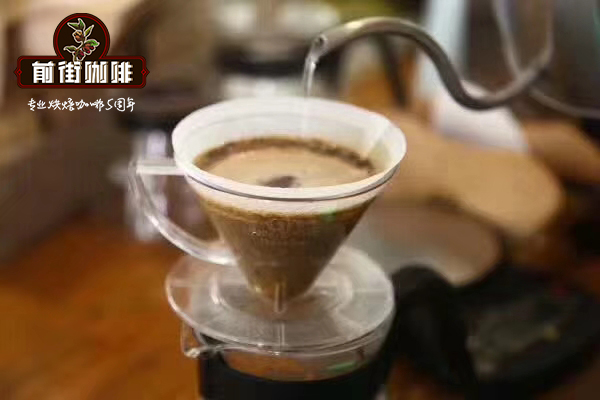
Professional coffee knowledge exchange more coffee bean information please follow the coffee workshop (Wechat official account cafe_style)
If it hadn't been for the honey treatment of Costa Rican coffee, Qianjie probably didn't know that coffee beans need to be processed and eventually become raw beans before they can be exported. What's more, I don't know that there are very professional terms for the treatment of coffee: washing, tanning, honey treatment and so on. No way, coffee in China is still a niche market, after rapid development, but it is not the main choice!
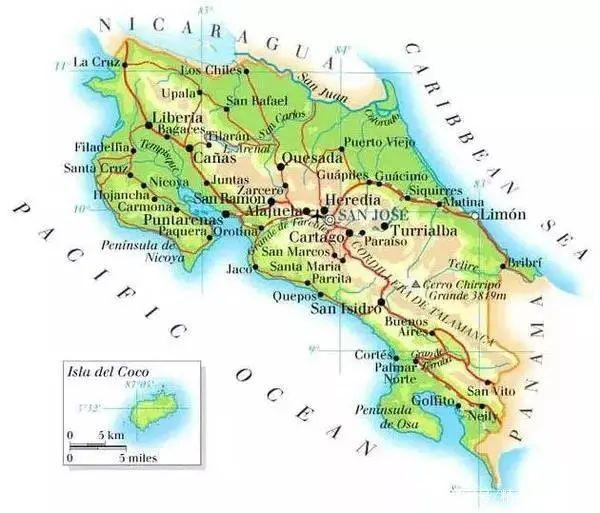
Colombian people say that coffee has changed the country, can enjoy a rich environment, coffee is indeed an outstanding contribution. Today, the Costa Rican coffee industry is one of the well-organized industries in the world, with a yield of 1700 kg per hectare. Costa Rica has a population of only 3.5 million, while there are 400 million coffee trees, and coffee exports account for 25 per cent of the country's total exports. The volcanic soil of Costa Rica is very fertile and well drained.
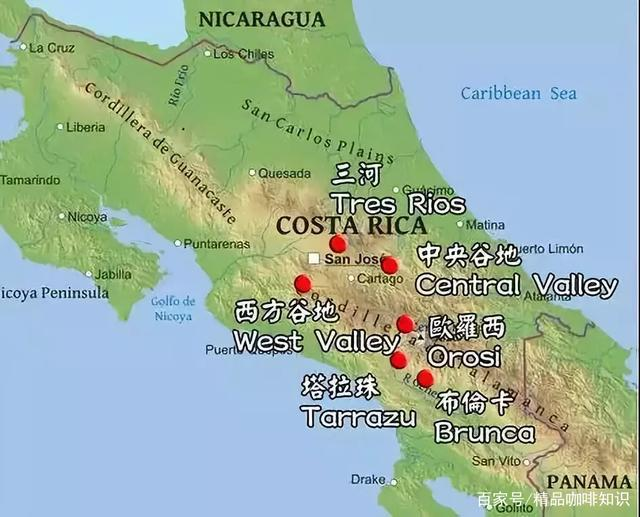
Central valley
1200-1600 meters above sea level, the production season from November to March, this production area has three sub-production areas, they are San Jose, Eredia, Alajuela.
There are three high-altitude volcanoes in the producing area: Irazu, Barva and Poas, which provide rich nutrients for the surrounding coffee producing areas. The excellent micro-climate and the two volcanic fertile soils of Po á s and Barva make the beans in this area have superior characteristics, such as chocolate cocoa flavor, bright acidity and elegant aroma.
The Central Valley is also the first area to grow coffee in Costa Rica, and then to other regions to develop the country's coffee industry, moderate rainfall, an average annual temperature of 19 ℃, coupled with high altitude, so the bean hard aroma, smooth, high acidity, full-bodied, rich aroma, coffee in this area is the earliest coffee growing area in Costa Rica, rich in volcanic soil, sometimes with chocolate flavor. The front section is washed and the back section is dried by machine at low temperature.
Costa Rica is the first country to use coffee raw soybean honey treatment. There are three major coffee producing areas in Costa Rica, namely, Tarazu, the central valley and the western valley.
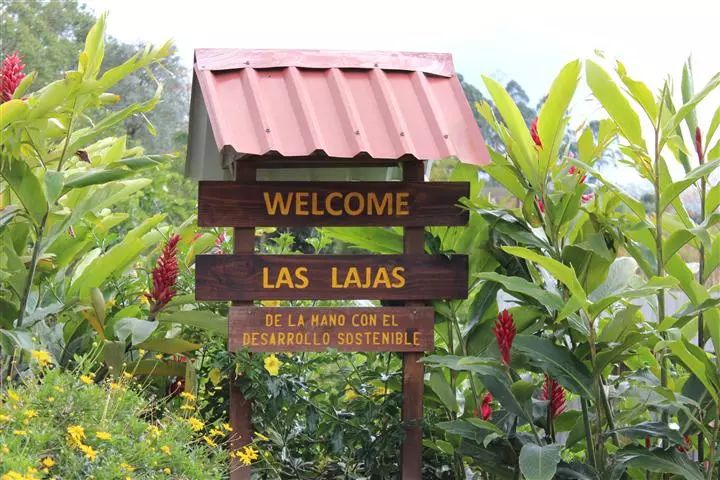
Located in the central valley area at the foot of the Po á s de Alajuela volcano, Ras La Haas Manor has been operated by the owner Chac ó n family for more than 80 years. The estate is 1300m above sea level and has an annual output of about 46000 jin. During the annual production season of La Lajas Manor from December to February, the owner insists on harvesting only ripe and red fruits, and most of them use dense treatment and sun drying to enhance the sweetness and mellowness of the coffee, and at the same time, it is placed in the African shelf-type sunburn field to ensure that the coffee can evenly receive the sun and avoid excessive fermentation. At the same time, the manor has also actively obtained international organic certification, which has been certified by USDA of the United States, JAS of Japan and NOP of Japan.
Finca Las Lajas is located in Costa Rica's famous coffee producing area [Central Valley Central Valley], which belongs to the Paos volcanic mountains. Due to the local fertile soil and rich mineral content, it creates good conditions for high-quality coffee. The estate's reputation comes not only from its excellent coffee quality, but also from its insistence on organic ecological farming. Organic farming has been introduced since 1990 and became the first organically certified coffee farm in Costa Rica in 2000.
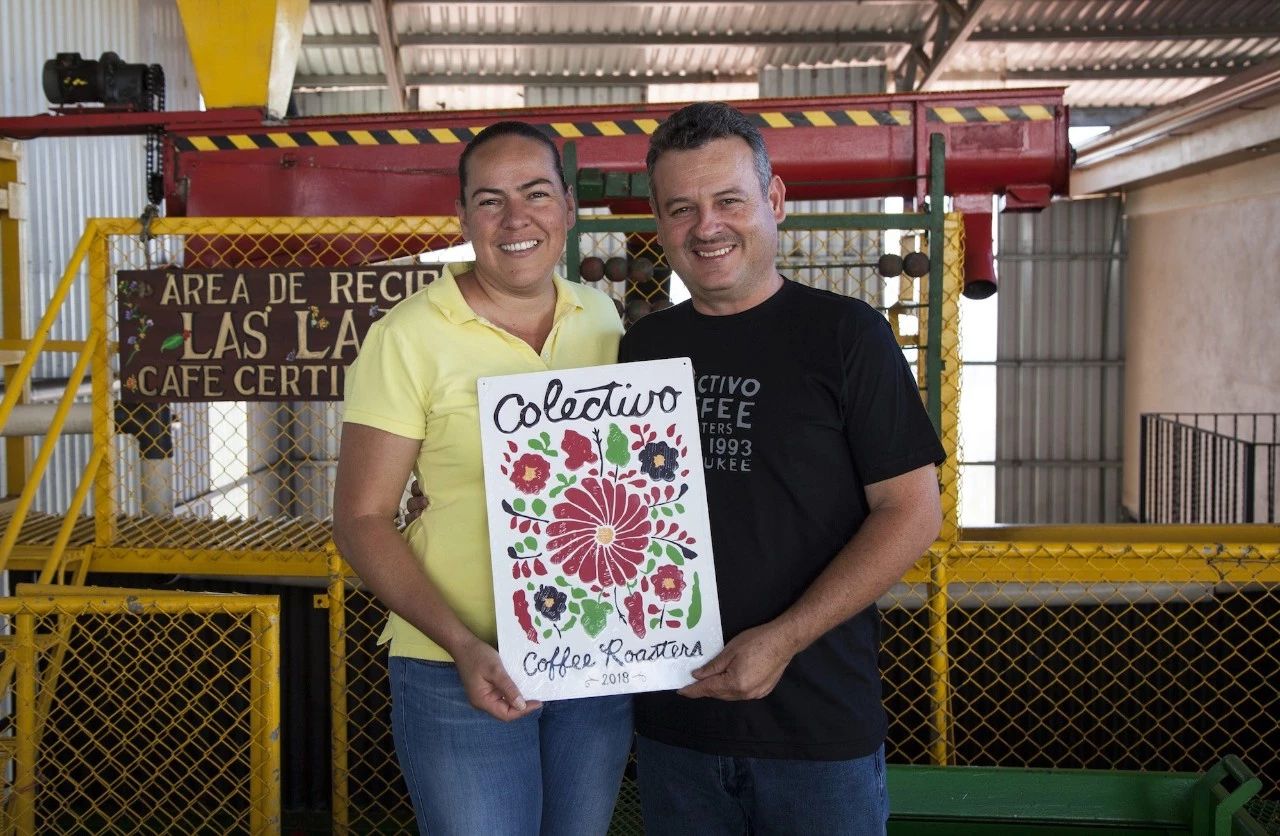
At present, it has been certified by three international organic organizations, namely USDA, JAS and NOP. Oscar Chacon, the third-generation manor operator, said that in addition to the great challenges in agricultural technology in promoting organic certification, what is even more serious is the economic pressure brought about by the sharp decline in production. In the third year of promotion, the annual output of the manor is even only 20%. All this does not affect the determination to promote organics. staying away from chemical fertilizers and pesticides can not only protect the sustainable development of the environment, but also take care of the health of coffee farmers.
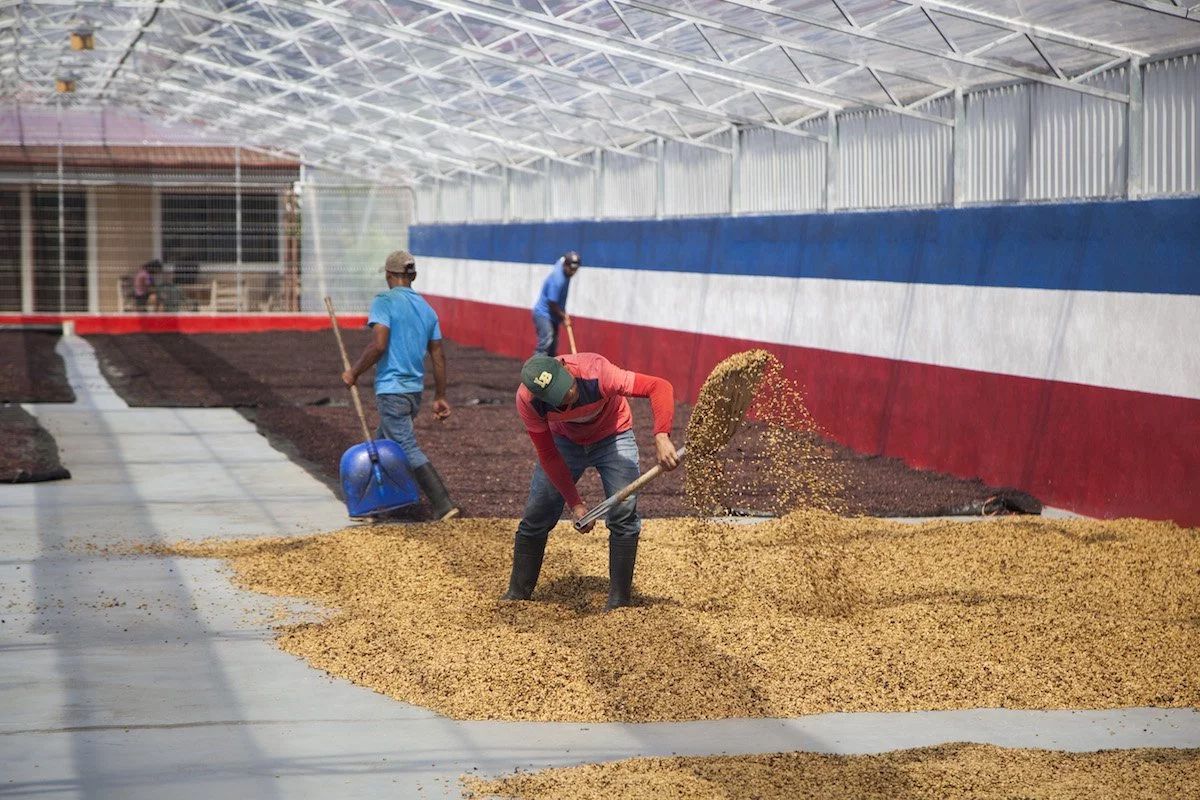
"innovative tanning treatment-Black Soul"
The raw bean treatment of La La Haas Manor comprehensively adopts honey treatment and sun treatment, and develops characteristics different from other manors, in which honey treatment is divided into yellow honey, red honey and black honey according to the amount of pectin retained, and the sun is divided into two products: Pearl Negra and Alma Negra according to the degree of fermentation. Black pearl belongs to the flavor of strong fruit fermentation, and the black soul is partial to the tonality of sun-dried molasses. It is the most fashionable way to bask in the sun today, but it is two different amorous feelings!
The bean of Black Soul is treated in the sun.
The harvested red coffee fruits are placed on the African scaffolding in the early morning, and the whole process takes about three weeks to turn and expose regularly for one day and rest with plastic cloth until the moisture content is 11.5%.
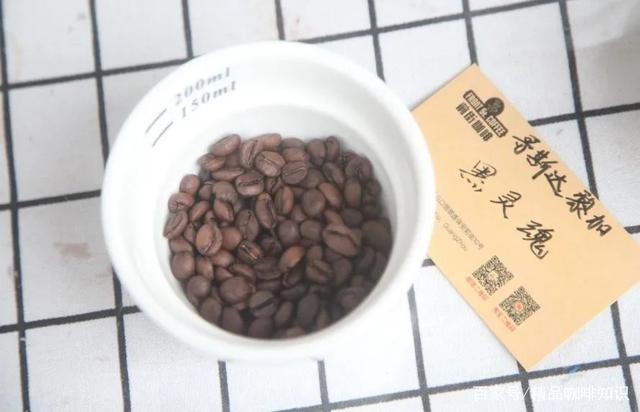
04 | Analysis of raw beans
The varieties of black soul beans are Kaddura and Kaduai, which are common in American beans.
Kaddura, a natural variety of bourbon, was discovered in Brazil in 1937. Its tree is not as tall and shorter as bourbon. Due to inheriting the blood of bourbon, the resistance is relatively weak, but the yield is higher than that of bourbon. Although found in Brazil, Kaddura is not suitable for growing in Brazil, so it is not planted on a large scale in Brazil, but is popular in Central and South America, such as Colombia, Costa Rica and Nicaragua.
Kaduai is an artificial hybrid of Kaddura and Mondu Novo. Kaduai has a good ability to resist natural disasters, especially wind and rain. Kaduai tree species are relatively low, compared with other coffee trees, the fruit of Kaduai is stronger and harder to pick, and the fruit is both red and yellow.
[black soul] raw beans are typical sun-treated yellowish green, smelling like a faint sour Hawthorn.

05 | Baking analysis
Roaster Yangjia 800N semi-direct fire (baking capacity 300g)
The furnace temperature is preheated to 170 ℃ into the pot, and the firepower is turned on to 140 after opening the throttle for 30 seconds. When the temperature is 101.6 ℃, the firepower remains unchanged, and the throttle turns yellow when the temperature is 101.6 ℃. The smell of grass disappears, enters the dehydration stage, the firepower remains unchanged, and the throttle remains 4.
After dehydration, the bean surface appears wrinkles and black markings, and the smell of toast changes to coffee, which is a prelude to an explosion. Listen to the sound of an explosion. When the sound of the explosion begins, the throttle is fully open for 5, and the firepower remains unchanged. After the explosion, the development time was 1: 55, and the pot was put in at 195 ℃.
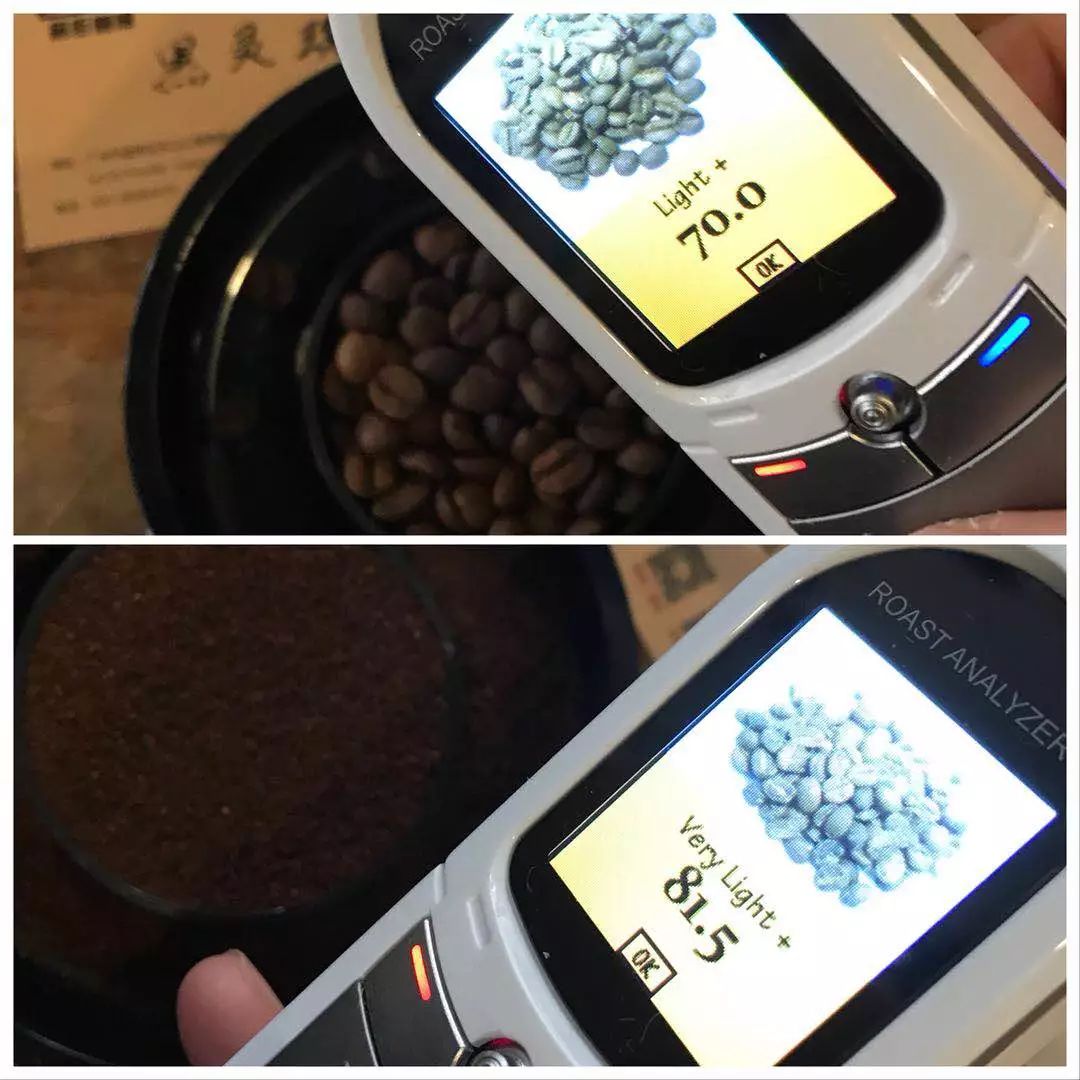
The Agrton bean color value is 70 Agrton pink value is 81.5 and the Delta value is 11.5.
Cup test flavor: fermented fruit, flower, citrus, plum, fruit tea. The sweet and sour feeling is obvious, the juice feeling is obvious, the overall balance.
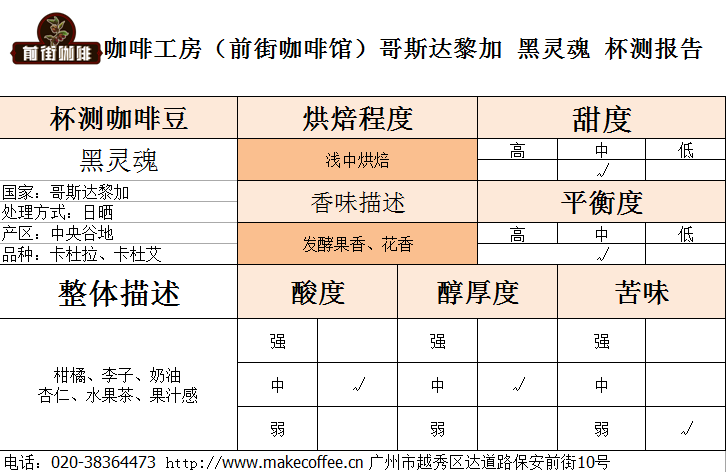
06 | Cooking suggestion
Recommended cooking method: hand flushing
Filter cup: Hario V60
Water temperature: 90 ℃
Powder / water ratio: 1:15
Degree of grinding: BG 5R (pass rate of Chinese standard No. 20 screen 58%)
Cooking method: 32 grams of water steaming for 32 seconds, injection to 126 grams, and so on when the water level is about to expose the powder bed, continue to inject water to 228 grams, when the water level is about to expose the powder bed, remove the filter cup, (steaming starts) the extraction time is one minute and 50 seconds.
Flavor: it smells of fermented wine and almonds, with sour notes of plum, citrus and green apple on the palate, dark chocolate and nuts in the middle, and a hint of sucrose at the end; when the temperature drops, the entrance is sour and sweet like tropical fruit, sweet and creamy in the middle, with a hint of fruit tea in the finish.
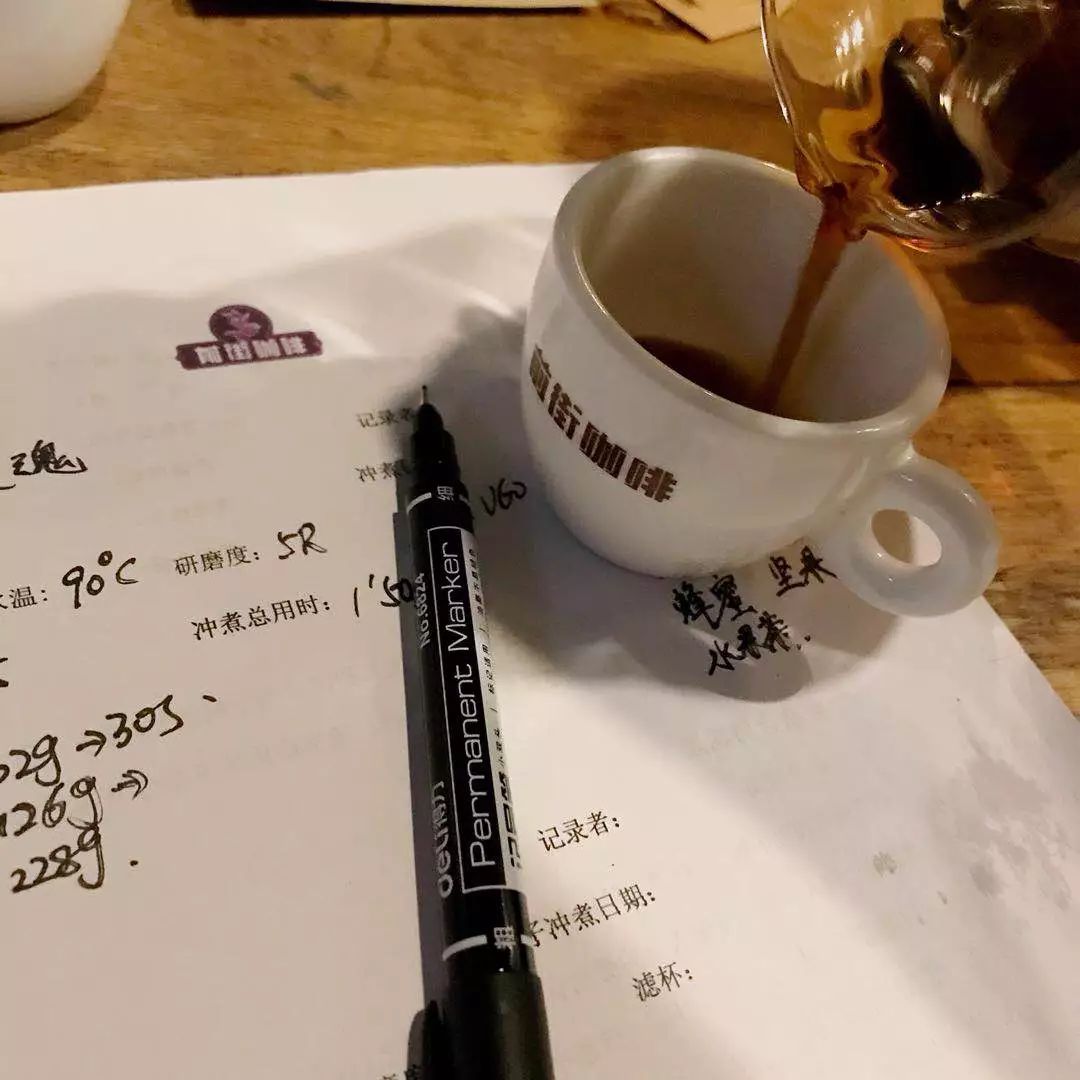
END
Important Notice :
前街咖啡 FrontStreet Coffee has moved to new addredd:
FrontStreet Coffee Address: 315,Donghua East Road,GuangZhou
Tel:020 38364473
- Prev

Introduction of coffee quality appraiser Q-Grader | what is the use of testing Q-Grader?
Professional coffee knowledge exchange more coffee bean information please follow the coffee workshop (Wechat official account cafe_style) when it comes to the textual research of the coffee industry, we have to mention sca and Q! Q is in fact the abbreviation of Q-Grader, which is the international coffee quality appraiser certification jointly launched by SCAA (American Fine Coffee Association) and CQI (International Coffee quality Accreditation Association).
- Next
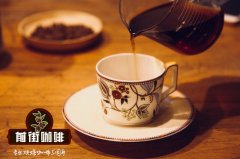
How do you spell coffee with beans? Can you flush coffee beans with mixed beans?
Professional coffee knowledge exchange more coffee bean information please follow the coffee workshop (Wechat official account cafe_style) many coffee lovers and many coffee rookies when shopping for coffee beans on Taobao, they will inevitably see the familiar words such as blended coffee, xx flavor (similar to Italian flavor, Starbucks flavor), and the price of these coffee is often compared to many single varieties.
Related
- Detailed explanation of Jadeite planting Land in Panamanian Jadeite Manor introduction to the grading system of Jadeite competitive bidding, Red bid, Green bid and Rose Summer
- Story of Coffee planting in Brenka region of Costa Rica Stonehenge Manor anaerobic heavy honey treatment of flavor mouth
- What's on the barrel of Blue Mountain Coffee beans?
- Can American coffee also pull flowers? How to use hot American style to pull out a good-looking pattern?
- Can you make a cold extract with coffee beans? What is the right proportion for cold-extracted coffee formula?
- Indonesian PWN Gold Mandrine Coffee Origin Features Flavor How to Chong? Mandolin coffee is American.
- A brief introduction to the flavor characteristics of Brazilian yellow bourbon coffee beans
- What is the effect of different water quality on the flavor of cold-extracted coffee? What kind of water is best for brewing coffee?
- Why do you think of Rose Summer whenever you mention Panamanian coffee?
- Introduction to the characteristics of authentic blue mountain coffee bean producing areas? What is the CIB Coffee Authority in Jamaica?

